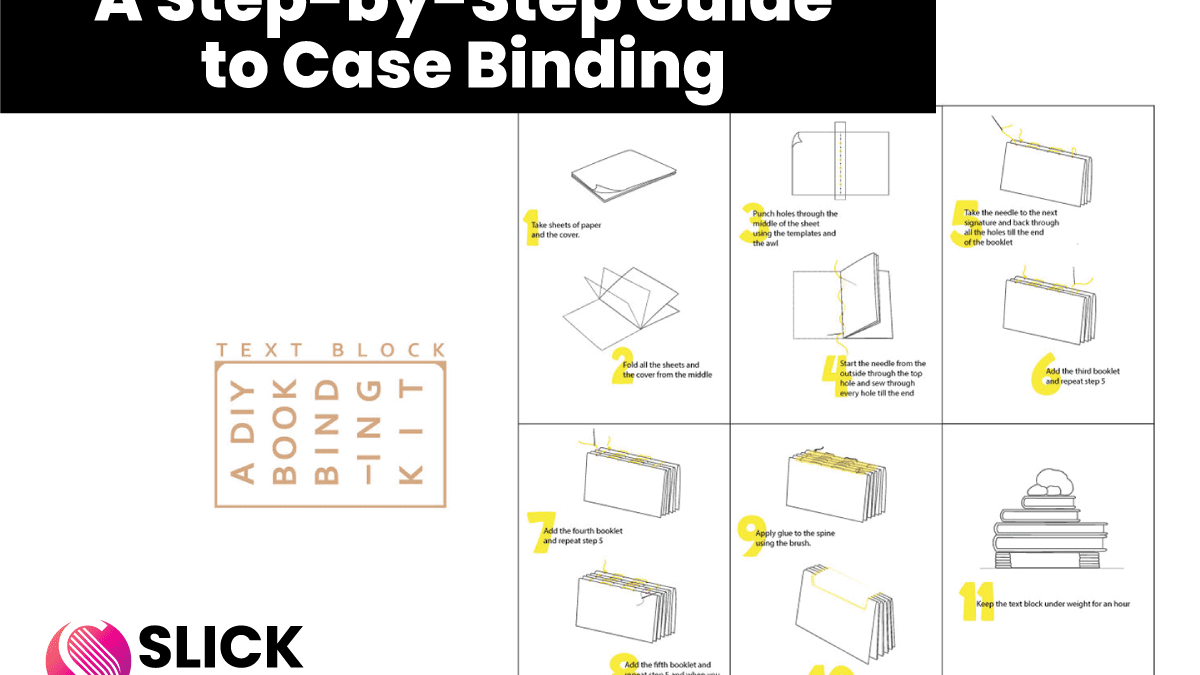A Step-by-Step Guide to Case Binding
A Step-by-Step Guide to Case Binding
A Step-by-Step Guide to Case Binding, Case binding, often referred to as hardcover binding, is a robust method used to create high-quality, durable books. This binding technique is commonly used for books that require longevity and protection. Here’s a brief guide to the case binding process.
1. Preparation of Signatures
The first step in case binding is gathering the printed pages, which are usually grouped into sections called signatures. Each signature consists of multiple pages folded together. These are stacked in the correct order to form the complete book block.
2. Sewing the Signatures
Next, the signatures are sewn together using a binding machine. This stitching secures the pages, ensuring they stay intact. In some cases, the book block is also glued to reinforce the stitching.
3. Trimming the Book Block
After sewing, the book block is trimmed to the desired size. This step ensures that all edges are neat and uniform.
4. Creating the Case
The case, or the hard cover, is made from thick cardboard or chipboard. The cover is typically wrapped with a decorative cloth, paper, or leather. The spine of the case is often lined with a fabric or paper hinge to allow the book to open easily.
5. Attaching the Book Block to the Case
The sewn book block is then carefully glued into the case. The case is attached to the book block’s spine, making sure it fits snugly for optimal durability.
6. Finishing Touches
Finally, the book undergoes a series of finishing processes, including rounding the spine for a professional appearance, adding headbands (optional), and printing the cover with the title, artwork, or logos.
Conclusion
Case binding is a meticulous but effective process that results in a durable, professional book. From preparation to finishing, each step ensures the final product is built to last. Whether for educational textbooks, coffee table books, or premium novels, case binding is the ideal choice for preserving quality and longevity.



